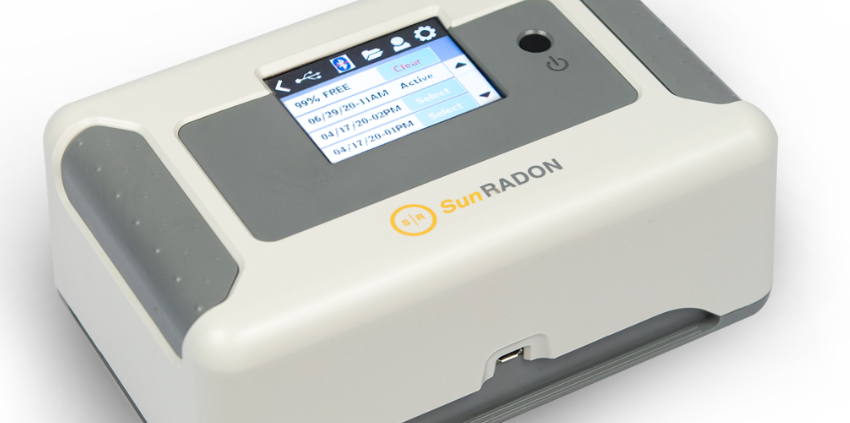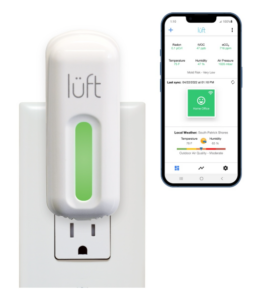Radon is a risk you need to know about
Radon is a risk you need to know about. It is one of the leading causes of lung cancer which results in over 20,000 deaths in the US each year. In the St. Louis metropolitan region in Illinois and Missouri we find high levels of radon in approximately 30% of the homes we test.
Radon is created through a long chain of decaying atoms starting with the element Uranium which is spread throughout the earth’s crust. During the ice age, a lot of the soil from Canada and the northern states was pushed down to the Midwest resulting in high radon levels in the Missouri and Illinois soil.
While we have known about radon for over a century it was only in the mid 1950’s that the connection between radon and lung cancer in the home setting was established. It did not make headlines in the US until 1984 when an electrical engineer at a nuclear power plant was found to be setting off radiation monitors when he was coming INTO work. In 1998 Congress passed a law setting a national goal of reducing indoor radon levels to 4 picocuries per liter of air or lower. The risk of breathing air containing 4 picocuries of radon is equivalent to smoking a half pack of cigarettes per day. The EPA now recommends getting this level to 2 pCi/L or less.
To put these numbers in context, the EPA estimates the average outdoor level of radon is 0.4 pCi/L and the average indoor level is 1.3 pCi/L. Radon comes into the home from the surrounding soil through cracks in the foundation floor and walls, sump pump openings, basement window openings, and other openings where it can buildup and be inhaled by occupants.
Radon levels can be corrected through mitigation methods, but be sure to have your home tested after mitigation and every few years thereafter. We have seen mitigation systems work one year and stop being as effective the next. Mitigation systems work by attempting to collect the air from the surrounding soil and sending it up through a tube running through the house before it has a chance to seep into the living space.
During our testing here at Evergreen we find high radon levels in about 30% of the homes we test. We have tested homes next door to each other and one may have low levels, while the other is extremely high. We have also tested numerous homes where a mitigation system was installed but the radon levels are still very high requiring the system to be adjusted or supplemented with additional measures.
Radon is a risk you need to know about. I highly recommend that all homes be tested every three years and if you spend time in your basement or have someone sleeping in this location, test every two years.
Radon testing is easy and inexpensive. Radon test kits are available online or in many home improvement stores and property inspection companies.
A new device that I have in my home and I love is the SunRadon’s lüft. This is a residential grade radon continuous monitor device that monitors radon, humidity, VOC’s, CO2 levels, temperature… You can learn more about the Sun Radon Luft product here and receive a promo code to save 10% on the cost of the luft product.
Evergreen Property Inspectors is a member of ASHI, InterNACHI, and in the State of Illinois which has a licensing program we are properly licensed for home inspection and radon measurement services. Evergreen has inspectors living around the St. Louis area in Missouri and Illinois where we provide residential and commercial property inspections for clients looking to live or invest in our region. Contact us to book our services. Click on Your Inspection tab to view the standards of practice that our team follows. Click on the Your Report tab to view a sample report.





Leave a Reply
Want to join the discussion?Feel free to contribute!